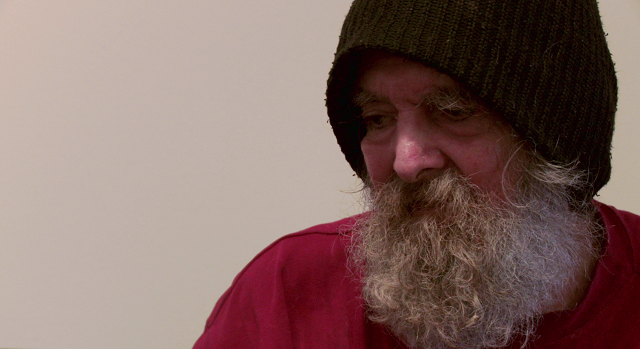This question came from Ashley L. via our latest website survey.
According to our latest report, of the over 235,000 Canadians who experience homelessness in a year, about 5000 people are unsheltered (living on the streets). It is reasonable to wonder, what with so many services available, why some unsheltered people would “choose” to remain so.
The reasons why people become homeless are multiple and complicated. Between individual/relational factors, structural factors, and systems failures, homelessness itself is generally not a choice – despite a pervasive myth that it always is. When thinking about homelessness as a choice it’s important to recognize what other options are available to people, and what their experiences have been. If homelessness is an option, and not something that happens out of necessity, what are the other options available?
It is important to recognize that for some people, being housed feels less safe than being homeless. Some may have experienced violence and/or sexual assault in their homes, and grew to feel trapped. Some lose jobs or live in poverty for a long time – without a strong social support system or an abundance of affordable housing, a person can become homeless during just one bout of unemployment. Some are currently experiencing violence and conflict and have nowhere else to go. For other people, being homeless gives them a sense of freedom. As James (pictured right), a participant experiencing homelessness in the film Money Changes You, said:
“I’d rather be back on the street because I understand the street better than living indoors. Living outdoors you’re completely free. You’re independent and life is as you make it day by day by yourself and it’s more honest and honourable. Because once you’re indoors you start having all the syndromes of modern industrial society. Living indoors you go soft right away.”
Another factor is the shoddy state of some shelters, the primary response to homelessness in North America. Many are often overcrowded and understaffed. As Lauren Gostick, a frontline social worker, told NOW in January:
"The shelter systems in general are broken and they're old. You're thrown in with a large group of people who are all in an immediate, acute crisis situation. One person may have extreme mental health issues, another is dealing with substance abuse and somebody else is smoking crack in the bed across from you. It's survival of the fittest."
In other words, for people experiencing mental health issues and/or substance abuse, shelters can be even worse environments for them than the streets. Shelters often lack the services and skills needed to accommodate older adults, people with disabilities, and other marginalized people. For example, LGTBTQ2 youth are overrepresented in the homeless population, many of which are fleeing families where they are not accepted. When seeking shelter services, it’s estimated that 1 in 3 trans youth will be turned away.
Regardless of what other “options” people experiencing homelessness have, remaining unhoused is not an ideal choice – it is one people feel they have to make because it is the best option for them at the time. In the words of Christine Schanes: ”…one choice from two or more options is only a true choice when the consequences of the choices are equal or nearly equal. The choice between living in a home or living on the streets is an unequal choice because of their unequal consequences."
This post is part of our Friday "Ask the Hub" blog series. Have a homeless-related question you want answered? E-mail us at thehub@edu.yorku.ca and we will provide a research-based answer.
Photo credit: Still from Money Changes You


